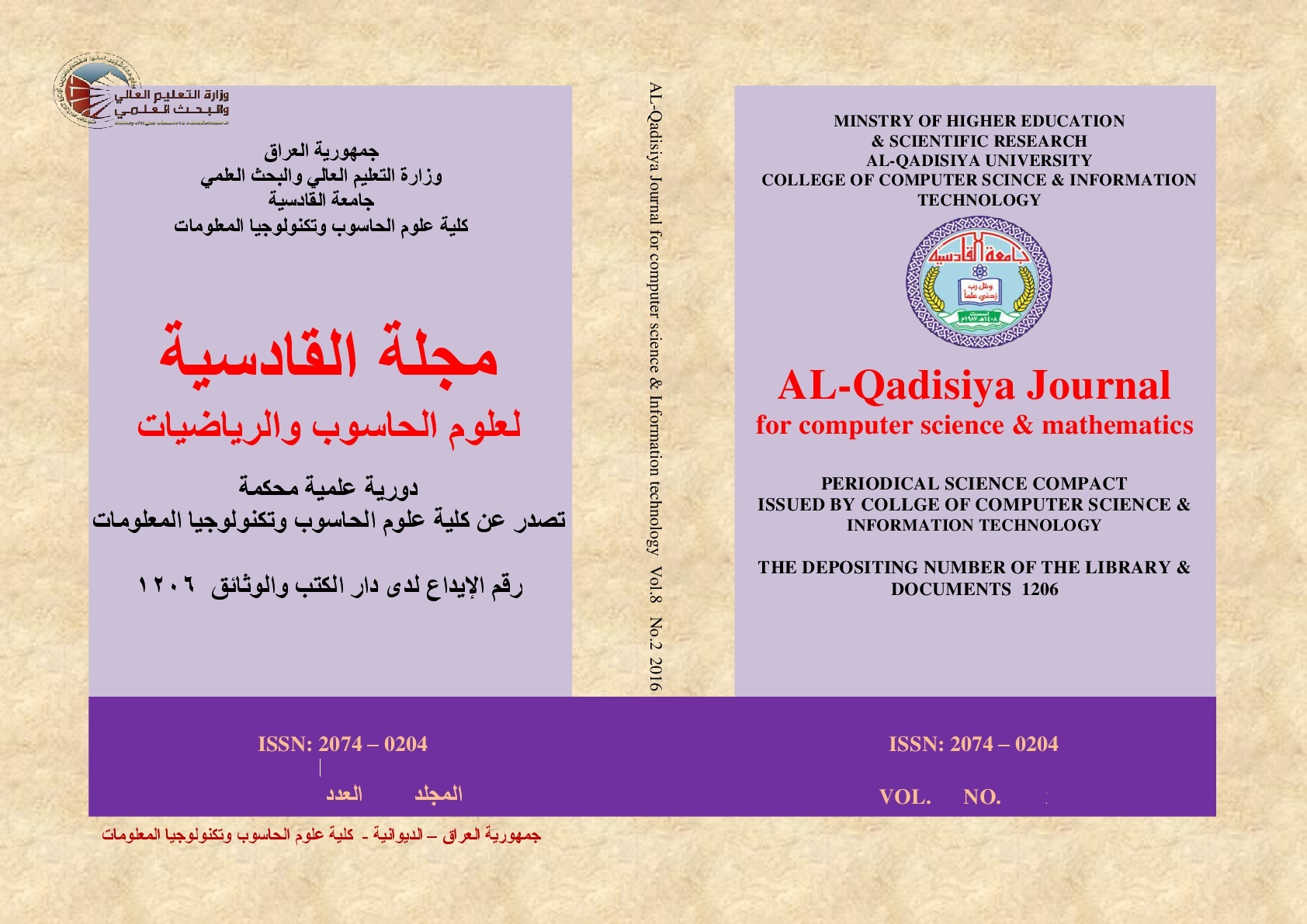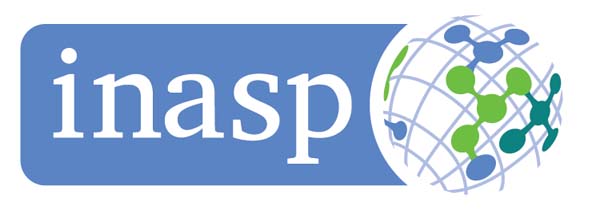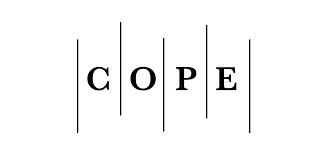Technology in Sumerian Text Translation: A Review of Tools and Techniques
DOI:
https://doi.org/10.29304/jqcsm.2025.17.11968Keywords:
Sumerian language, Cuneiform, NLP, Language Translation, OCRAbstract
The Sumerian language, among the earliest recorded languages, originated in Mesopotamia centuries ago and was inscribed on clay tablets using "cuneiform." These artifacts are currently housed in several museums in Iraq and internationally. The translation of these inscriptions poses a challenge for scholars due to the scarcity of texts and their intricate structure, necessitating a labor-intensive manual translation process that is susceptible to errors. Nonetheless, the progression of contemporary technology, particularly in machine learning (ML), natural language processing (NLP), and optical character recognition (OCR), is ushering Sumerian text translation into a new epoch. This research examines the utilization of digital technology to analyze and interpret Sumerian culture, emphasizing successful implementations, ongoing initiatives, and prospective advancements. Integrating artificial intelligence (AI) with specialist expertise might enhance the accuracy and accessibility of Sumerian translation, therefore preserving and elucidating ancient history.
Downloads
References
S. N. Kramer“History Begins at Sumer.pdf.” Accessed: Feb. 03, 2025. [Online]. Available: https://s3.us-west-1.wasabisys.com/luminist/EB/I-J-K/Kramer%20-%20History%20Begins%20at%20Sumer.pdf.11. Chicago: The Univ. of Chicago Press, 1956.
H. J. Nissen, P. Damerow, and R. K. Englund, Archaic bookkeeping: early writing and techniques of economic administration in the ancient Near East. Chicago, Ill: University of Chicago Press, 1993.
H. T. Lopes and I. Almeida, “The Mediterranean: The Asian and African Roots of the Cradle of Civilization,” in Mediterranean Identities - Environment, Society, Culture, B. Fuerst-Bjelis, Ed., InTech, 2017. doi: 10.5772/intechopen.69363.
S. N. Kramer, The Sumerians: their history, culture, and character, 11. [print]. Chicago: The Univ. of Chicago Press, 1991.
J. N. Postgate, Languages of Iraq, ancient and modern. London? British School of Archaeology in Iraq, 2007.
S. R. Narang, M. K. Jindal, and M. Kumar, “Ancient text recognition: a review,” Artif. Intell. Rev., vol. 53, no. 8, pp. 5517–5558, Dec. 2020, doi: 10.1007/s10462-020-09827-4.
E. A. Saeed, A. D. Jasim, and M. A. Abdul Malik, “Cuneiform Text Dialect Identification Using Machine Learning Algorithms and Natural Language Processing (NLP),” Iraqi J. Inf. Commun. Technol., vol. 7, no. 2, pp. 26–40, Dec. 2024, doi: 10.31987/ijict.7.2.265.
M. Zampieri et al., “A Report on the Third VarDial Evaluation Campaign,” vol. 7, no. 2, pp. 26–40, Sep. 2019.
S. Gordin, M. Alper, A. Romach, L. Saenz Santos, N. Yochai, and R. Lalazar, “CuReD: Deep Learning Optical Character Recognition for Cuneiform Text Editions and Legacy Materials,” in Proceedings of the 1st Workshop on Machine Learning for Ancient Languages (ML4AL 2024), Hybrid in Bangkok, Thailand and online: Association for Computational Linguistics, 2024, pp. 130–140. doi: 10.18653/v1/2024.ml4al-1.14.
C. Weiler, “The Epic of Gilgamesh”.
“Home,” CDLI. Accessed: Dec. 15, 2024. [Online]. Available: https://cdli.mpiwg-berlin.mpg.de/
“Oracc: The Open Richly Annotated Cuneiform Corpus.” Accessed: Dec. 15, 2024. [Online]. Available: https://oracc.museum.upenn.edu/
K. Yamauchi, H. Yamamoto, and W. Mori, “Building A Handwritten Cuneiform Character Imageset”.
A. M. Mutawa, M. Y. Allaho, and M. Al-Hajeri, “Machine Learning Approach for Arabic Handwritten Recognition,” Appl. Sci., vol. 14, no. 19, p. 9020, Oct. 2024, doi: 10.3390/app14199020.
E. A. Saeed, A. D. Jasim, and M. A. Abdul Malik, “Cuneiform Text Dialect Identification Using Machine Learning Algorithms and Natural Language Processing (NLP),” Iraqi J. Inf. Commun. Technol., vol. 7, no. 2, pp. 26–40, Sep. 2024, doi: 10.31987/ijict.7.2.265.
É. Pagé-Perron, M. Sukhareva, I. Khait, and C. Chiarcos, “Machine Translation and Automated Analysis of the Sumerian Language,” in Proceedings of the Joint SIGHUM Workshop on Computational Linguistics for Cultural Heritage, Social Sciences, Humanities and Literature, Vancouver, Canada: Association for Computational Linguistics, 2017, pp. 10–16. doi: 10.18653/v1/W17-2202.
S. Sakib, N. Ahmed, A. J. Kabir, and H. Ahmed, “An Overview of Convolutional Neural Network: Its Architecture and Applications,” Feb. 14, 2019, MATHEMATICS & COMPUTER SCIENCE. doi: 10.20944/preprints201811.0546.v4.
T. Dencker, P. Klinkisch, S. M. Maul, and B. Ommer, “Deep learning of cuneiform sign detection with weak supervision using transliteration alignment,” PLOS ONE, vol. 15, no. 12, p. e0243039, Dec. 2020, doi: 10.1371/journal.pone.0243039.
P. Nagy Israel Michael, “The Importance of Using Artificial Intelligence in Image Processing Field and Printing,” vol. 0, no. 0, pp. 0–0, Sep. 2024, doi: 10.21608/jsos.2024.313524.1581.
M. Talib and J. H. S, “Sumerian Character Extraction by Using Discrete Wavelet Transform and Split Region Methods,” Kurd. J. Appl. Res., vol. 2, no. 3, pp. 62–65, Aug. 2017, doi: 10.24017/science.2017.3.20.
P. Purwono, A. Ma’arif, W. Rahmaniar, H. I. K. Fathurrahman, A. Z. K. Frisky, and Q. M. U. Haq, “Understanding of Convolutional Neural Network (CNN): A Review,” Int. J. Robot. Control Syst., vol. 2, no. 4, pp. 739–748, Jan. 2023, doi: 10.31763/ijrcs.v2i4.888.
A. H. S. Hamdany, R. R. Omar-Nima, and L. H. Albak, “Translating cuneiform symbols using artificial neural network,” TELKOMNIKA Telecommun. Comput. Electron. Control, vol. 19, no. 2, p. 438, Apr. 2021, doi: 10.12928/telkomnika.v19i2.16134.
C. Simmons, “Pioneering Deep Learning Approaches to Sumerian Cuneiform,” p. 56, Jun. 2024.
Downloads
Published
How to Cite
Issue
Section
License
Copyright (c) 2025 Sajad M. Shah, Karim Q. Hussein

This work is licensed under a Creative Commons Attribution-NonCommercial-NoDerivatives 4.0 International License.













